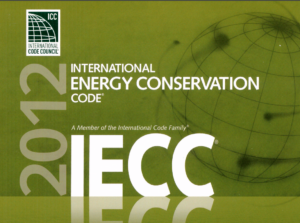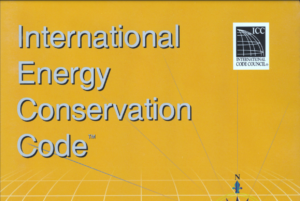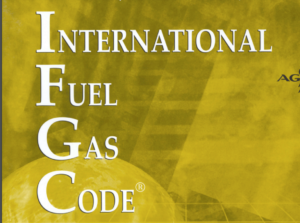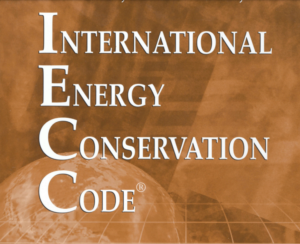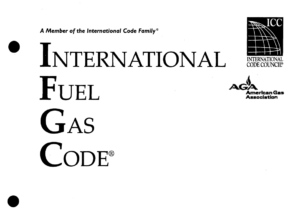The 2006 International Energy Conservation Code (IECC) establishes regulations to enhance energy efficiency in both residential and commercial buildings. The code is designed to govern the design and construction processes to optimize the effective use of energy, allowing for innovative approaches to achieve these goals. It ensures that the integration of energy-saving measures does not compromise safety, health, or environmental standards.
The IECC covers various aspects of building design including the thermal envelope, which encompasses all elements of a building that contribute to energy loss or gain. For existing buildings, the code specifies that any renovations, alterations, or repairs must comply with new construction standards related to energy efficiency, but does not require unmodified parts of the building to meet these standards unless they create unsafe conditions.
Exemptions within the code include historic buildings, certain types of minor repairs, and low-energy buildings that do not increase energy use. For new additions or changes in building occupancy that could increase energy demands, compliance with the IECC is mandatory.
Overall, the IECC aims to reduce energy consumption by setting minimum performance standards for building elements such as insulation, fenestration, and the building envelope. These measures are intended to reduce the overall environmental impact of buildings, promote sustainability, and lower energy costs for owners and occupants.

